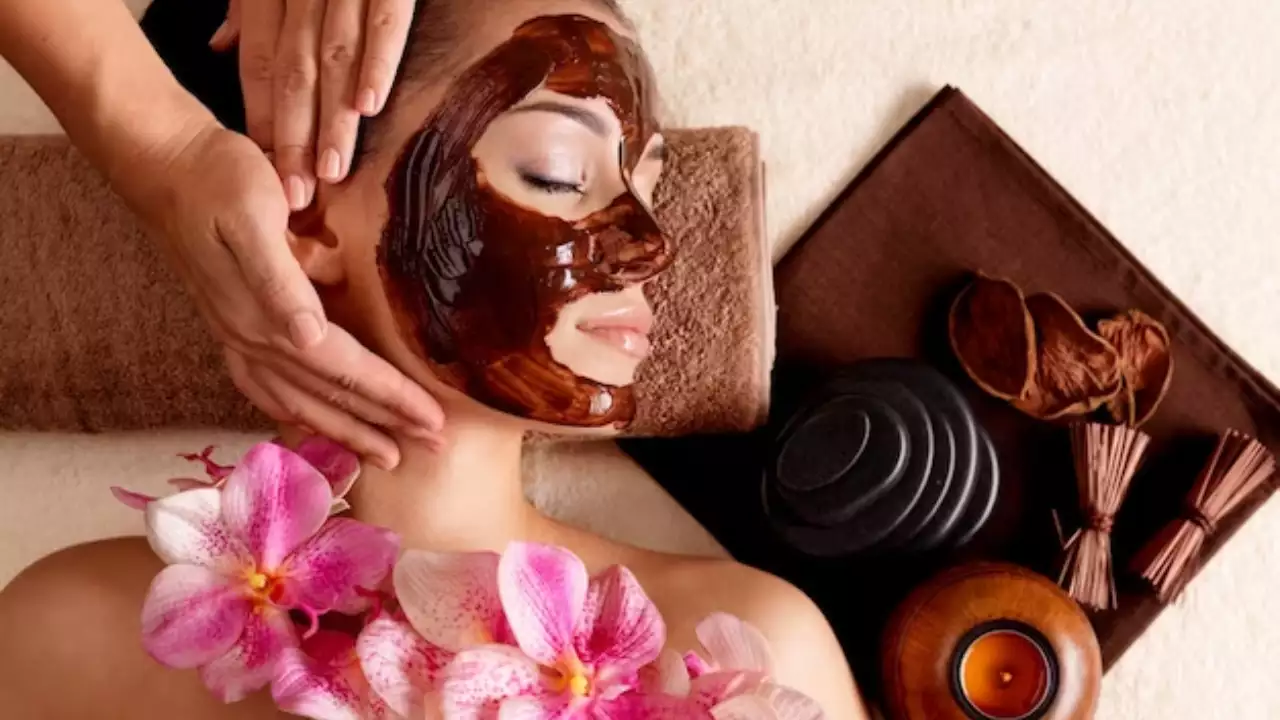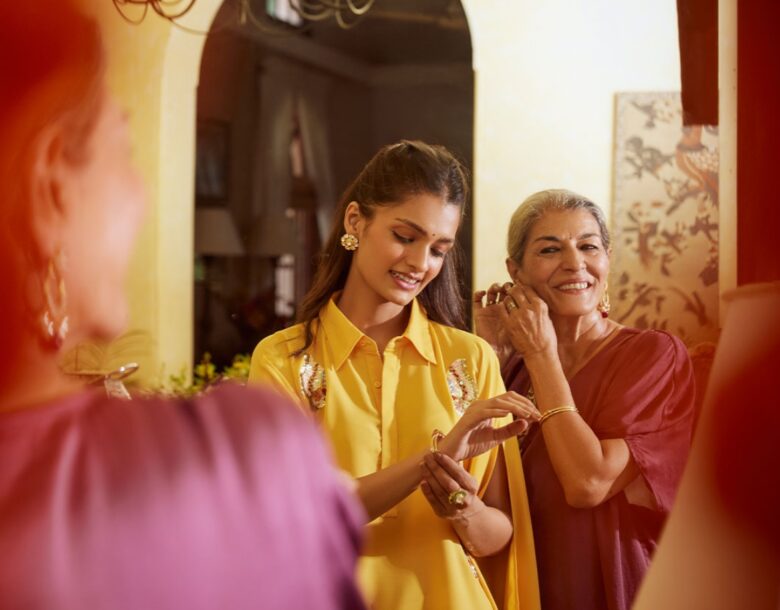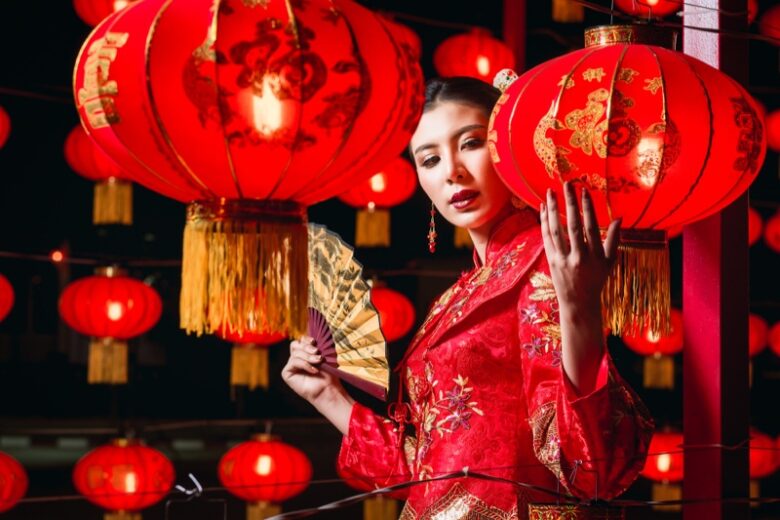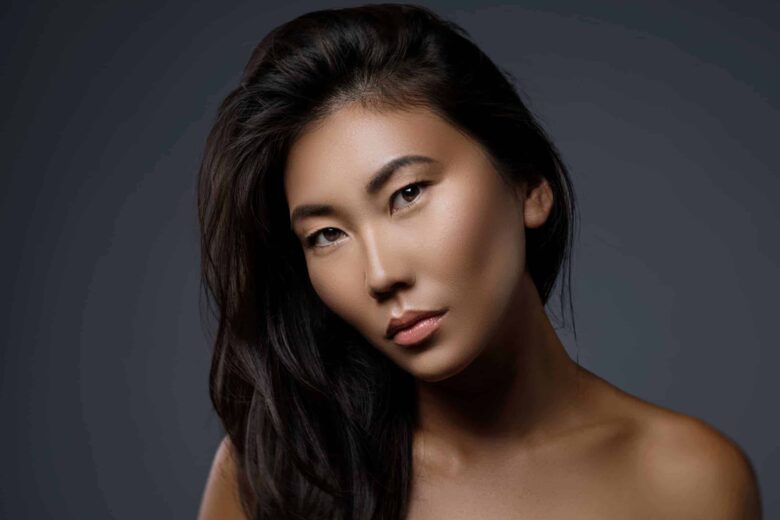Asian cultures are like a vibrant mosaic, each tile representing a unique societal norm or cultural ideal that collectively shapes our perceptions of beauty. From the serene landscapes of China to the bustling streets of India and the tranquil gardens of Japan, the essence of beauty resonates deeply within our hearts and souls.
Think about Asian girls in China, where tales of the legendary Four Great Beauties continue to captivate our imaginations. These iconic figures, with their porcelain-like skin, petite frames, and gentle features, embody the epitome of traditional Chinese beauty. Meanwhile, in India, the land of vivid colours and rich traditions, glossy hair and expressive eyes are revered as symbols of feminine allure. And who can forget Japan, where the elegant Geisha tradition showcases the artistry of refined beauty through intricate makeup and graceful poise?

Source: timesnownews.com
In India, for example, Ayurveda considers beauty as a reflection of inner health and balance. Ayurvedic beauty rituals often incorporate natural ingredients such as turmeric, sandalwood, and neem to nourish the skin and promote overall wellness. Similarly, Traditional Chinese Medicine views beauty as a manifestation of inner vitality and balance between the body’s internal organs. Practices such as acupuncture, herbal medicine, and Qi Gong are believed to enhance energy flow and promote radiant skin and vitality.
Japanese skincare rituals, renowned for their meticulous attention to detail and use of high-quality ingredients, emphasize gentle cleansing, hydration, and protection from environmental stressors. The concept of “mochi-hada,” or rice cake-like skin, epitomizes the desired result: a smooth, plump, and translucent complexion that exudes health and vitality.
At the core of Asian beauty standards lie certain physical attributes that universally captivate our senses. The almond-shaped eyes of Asian girls, like glistening jewels, sparkle with a myriad of enchanting tones. Silky, ebony hair cascades like a waterfall, framing faces with an air of mystery and allure. And oh, the allure of fair or olive-toned skin, glowing with radiance and warmth, evokes a sense of timeless elegance and sophistication.
But beauty isn’t just skin deep; it’s the subtle nuances that make each face a masterpiece. The gentle curve of an eye, the delicate arch of a brow, or the playful twinkle of a dimple—all these little details celebrate the diversity of human genetics and add depth to the canvas of facial aesthetics.

Source: instagram.com
And let’s not forget about our bodies, each one a unique work of art sculpted by genetics, lifestyle, and cultural influences. Whether it’s the graceful lines of a dancer or the sturdy frame of a warrior, everybody tells a story of resilience, strength, and vitality. Embracing this diversity fosters a culture of inclusivity and acceptance, where every body type is celebrated for its inherent beauty.
Of course, no discussion of beauty would be complete without mentioning the importance of self-care. Nurturing our bodies and minds through mindful practices like balanced nutrition, restful sleep, and stress management is essential for preserving our natural vibrancy and vitality. It’s not just about looking good; it’s about feeling good from the inside out.
The tidal wave of globalization, coupled with the pervasive reach of Western media, has markedly influenced traditional Asian beauty standards. This cultural convergence has ushered in a complex interplay between global and local perceptions of beauty. Once defined by unique, region-specific criteria, Asian beauty ideals are increasingly mirroring Western preferences—slender figures, lighter skin tones, and certain facial feature proportions. However, this shift isn’t merely imitative; it represents a nuanced blend where Western aesthetics meet traditional Asian values, crafting a hybrid standard that reflects the globalized context of contemporary Asia.
In the digital age, social media platforms and beauty influencers wield significant power in molding beauty ideals. Across Asia, young audiences turn to these digital realms for inspiration, guidance, and validation. Influencers, leveraging their relatability and accessibility, often set trends and dictate what’s considered beautiful, blending international trends with local flavors. Yet, this influence isn’t without its conflicts. It challenges traditional cultural norms and prompts a reevaluation of beauty standards, pushing towards a more inclusive and diversified understanding of beauty within the context of Asian cultures.

Source: fashiongonerogue.com
The definition of beauty in Asia is undergoing a profound transformation. Propelled by global movements advocating for inclusivity and body positivity, there’s a growing acceptance and celebration of diverse body types, skin tones, and facial features. This evolution signifies a departure from the historically narrow beauty ideals, moving towards a more encompassing definition that values individual uniqueness. It reflects a broader cultural shift towards recognizing and appreciating diversity, not just within Asia but as part of a global reimagining of what beauty means.
Cosmetic surgery and beauty procedures play a pivotal role in shaping modern beauty standards in Asia. These practices, once stigmatized, have become increasingly mainstream, reflecting the high value placed on physical appearance. From double eyelid surgery to skin lightening treatments, these interventions are sought for their promise of conforming to or enhancing beauty standards. However, they also spark a critical discourse on the cultural implications of altering one’s appearance to fit an ideal, raising questions about identity, self-perception, and the societal pressures that drive these beauty practices.
Navigating the crossroads of tradition and modernity presents a unique challenge in the realm of beauty. Individuals often find themselves balancing time-honored beauty practices—rooted in natural and holistic approaches—with the allure of contemporary trends and technologies. This balancing act is not just a personal endeavor but a cultural negotiation, reflecting broader themes of identity, globalization, and the preservation of heritage. As people integrate traditional remedies with modern cosmetics or blend customary attire with contemporary fashion, they create a personalized expression of beauty that honors both their heritage and the globalized world they inhabit.

Source: morgannasalchemy.com
In essence, Asian beauty is a celebration of diversity, resilience, and grace—a tapestry woven from the threads of ancient traditions and contemporary influences. As we navigate the ever-changing landscape of beauty ideals, let’s embrace the rich tapestry of beauty that makes each of us unique and exquisite in our own right. After all, beauty isn’t just about how we look; it’s about how we feel and how we make others feel. So let’s wear our beauty with pride, knowing that our true radiance shines from within.
